Permaculture is based on natural systems like those that we see in forests. In a forest system, there are multiple layers of vegetation growing together in a very diverse setting. We see many types of trees, shrubs, plants, insects, animals, and various other things all living together in a system that continually strengthens itself. All of these components of a natural ecosystem serve a function (or several functions) that support each other like the strands of a web. One strand on its own may be weak, but the combination of all the strands together add to the overall strength and usefulness of the web.
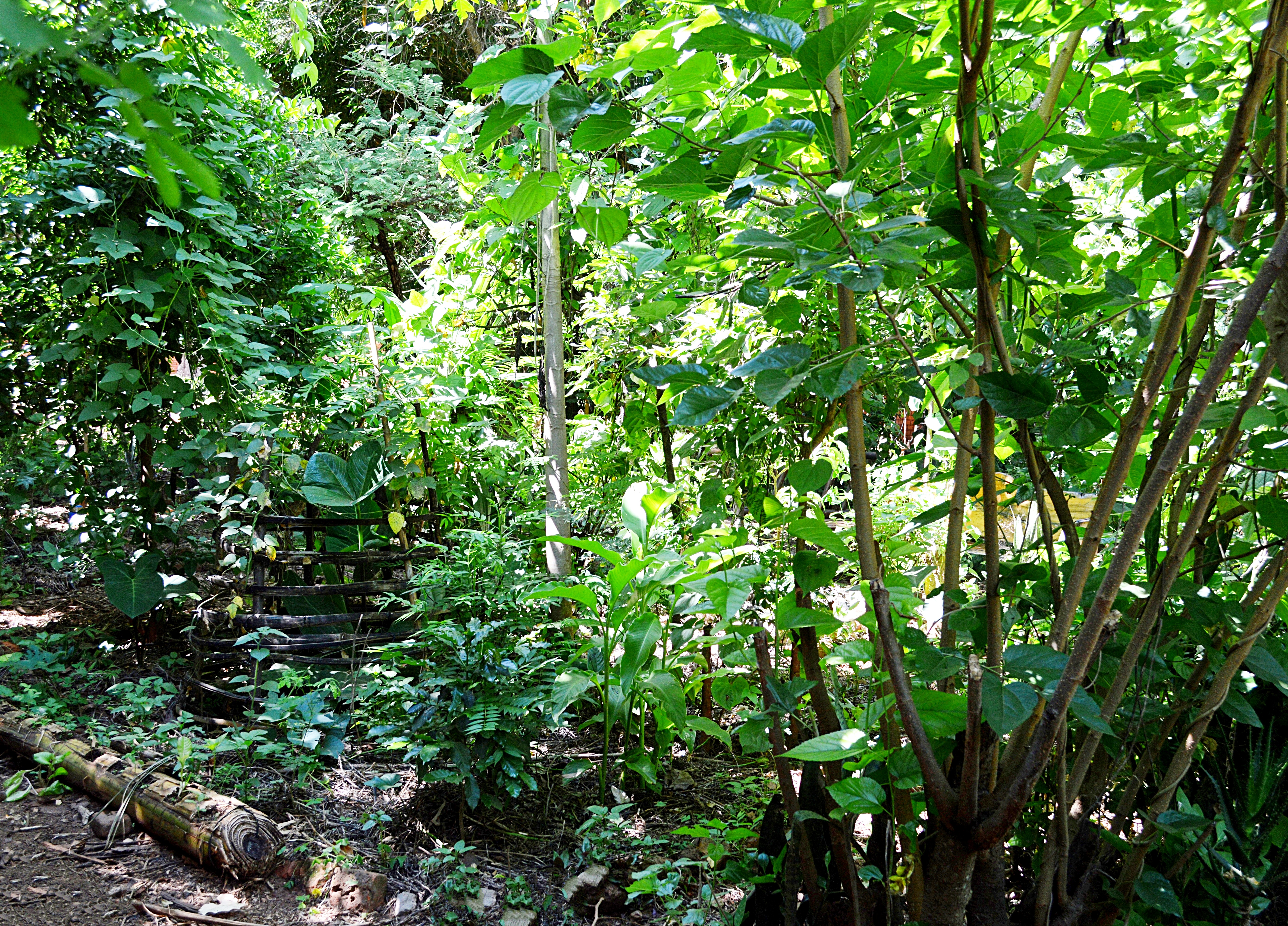
In order to mimic these natural systems and to provide for human needs (i.e. food, building supplies, fuel, fibers, clean water and air, etc.) we must learn to identify and work with the various functions of our natural resources. This is where the concept of the “Permaculture Guild” comes from. A guild is usually defined as an association of people working toward a common goal. In Permaculture, a guild is a grouping a plants, trees, animals, insects, and other components that work together to help ensure their health and productivity. Instead of planting gardens or orchards or fields or forests, Permaculture teaches us how to “build guilds”. Instead of teaching about specific species (plants, trees, animals, insects) or components (a wall, fence, building, etc.) we teach about functions. This is why Permaculture can work throughout the whole world. It is a guide for design rather than a “how-to” type of agriculture.
A good Permaculture guild generally has 7 components:
1 – Food for us
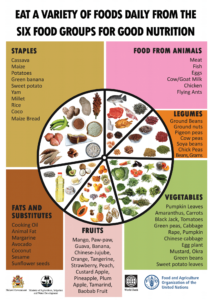
When building a guild we need to think about maximizing the health and nutritional benefits that we will be getting from our systems. In order to eat a diversity of foods we need to plant a diversity of foods. In Malawi this should be based on our 6 food groups. This means including Fruits, Vegetables, Staples, Legumes & Nuts, Fats & Oils, and Animals. With good planning, we should be able to receive foods from all of the 6 food groups throughout the entire year. Other needs for us may include medicines, energy, building supplies, fibres, etc.
2 – Food for the soil
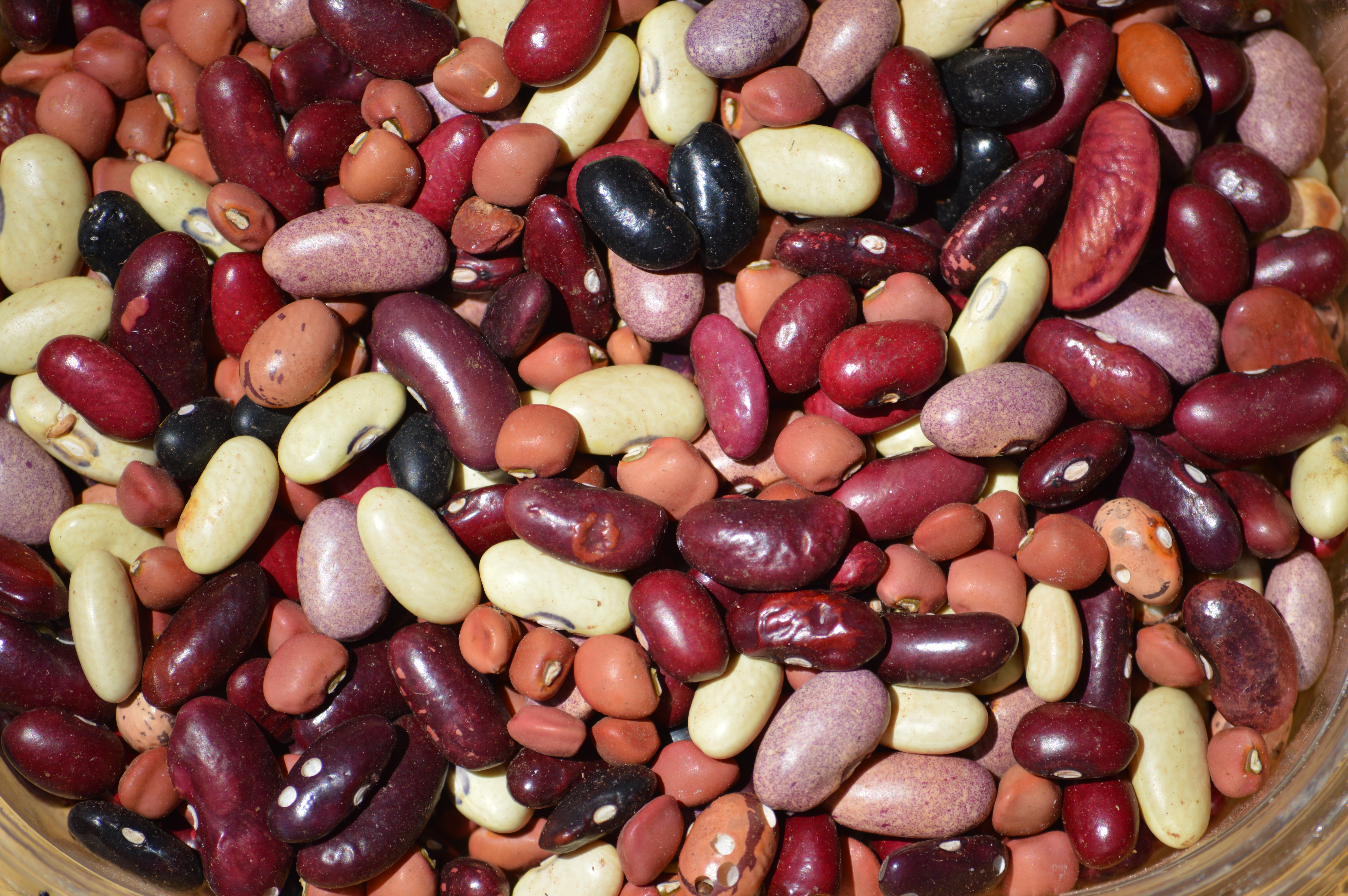
All plants need nutrients to grow, just like we do. One of the main nutrients that plants use for growth is nitrogen. An easy way to get nitrogen into the soil is by planting legumes (i.e. beans, peas, groundnuts, leguminous trees, etc.). All legumes are considered “nitrogen-fixers” and are able to take nitrogen from the air and convert it to a usable form in the soil. Using legumes actually helps to “feed” the plants that they are growing near. The leaves and other organic matter from legumes may also be added to compost to increase the nitrogen content. Other ways to feed the soil is to return all organic matter back to the soil: leaves, trimmings, kitchen scraps, market resources, decaying matter, compost, compost tea, mulch, manure and urine (from any animal/human or insect such as worms), etc.
3 – Diggers/Miners
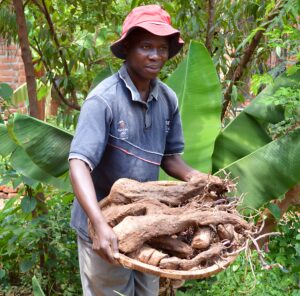
Deeply rooted plants, such as trees, will reach far into the earth’s soil and bring minerals up to the surface (like a miner). These deep rooted trees are great diggers, breaking open the soil, making it soft, and allowing for air & water to be easily absorbed into the earth. Some diggers also take the form of root crops: cassava, sweet potatoes, yams, Irish potatoes, carrots, beets, etc., each digging at different depths and widths. Diggers can even be insects and animals that burrow through the soil such as: ants, termites, worms, beetles, mice, etc.
4 – Groundcover
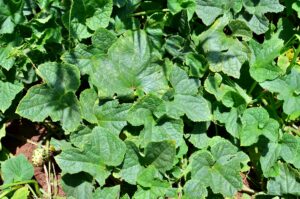
Groundcovers protect the soil from the sun, help to hold moisture, and help to keep “weeds” down (there aren’t really any ‘weeds’ – they are just good plants in the wrong place!). There are many types of groundcovers available in Malawi. These include: sweet potato vines, pumpkin, cucumbers (minkaka, zinkhananga, fwifwi, etc.), and anything else that will vine or spread across the soil. Mulch is also a form of ground cover and can be made from a wide variety of materials – organic (grass cuttings, leaves, wood chips) or mineral (stones, shells).
5 – Climbers

Climbers help to maximize food production, and are especially useful in areas where land resources may be scarce or limited. In most forest systems you will generally see examples of climbers, because nature uses all of its layers to their fullest potential. Examples of climbers that you can use in Malawi include: climbing beans, passion fruit (magalagadeya), loofa (chinkupule), air potatoes, cucumbers (zipwete, minkhaka), etc.
6 – Supporters
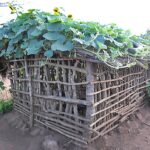
These are stronger items that support the climbers and make the most of our space. Supporters can be living things like trees, bushes, stalks such as a maize or sunflower, or they can be non-living things like houses, bathing areas, outdoor toilets, walls, fences, etc. The main thing to be careful of is choosing the right supporter for the right climber. Some climbers are very aggressive and can bring down a fence, or take over a tree. If you put a passion fruit vine into a mango tree, you may not end up with any mangoes. This is where thinking ahead and planning become very important.
7 – Protectors
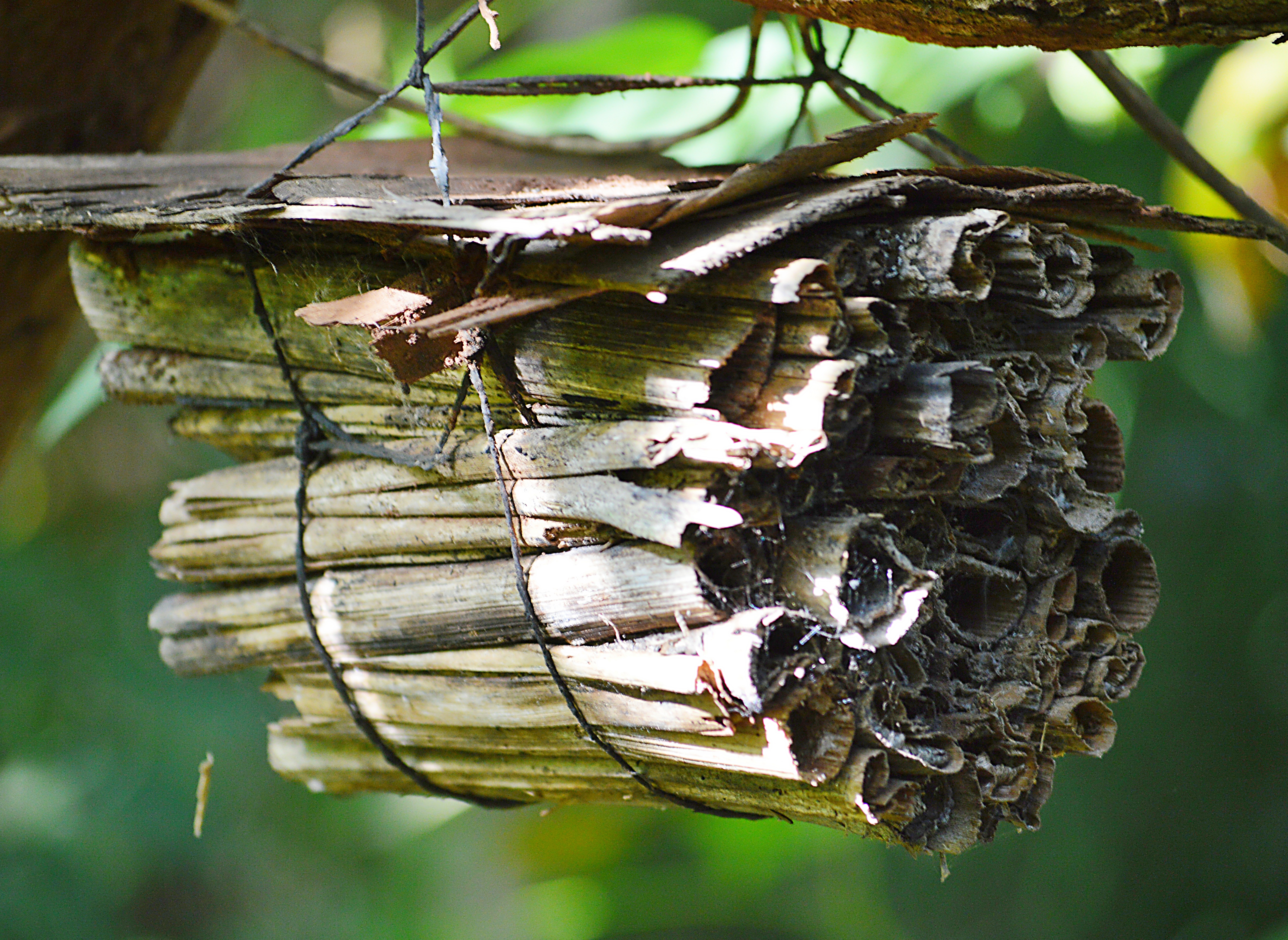
Anything that helps to protect your guild is a protector. In terms of protecting your guild from damaging insects, strong smelling plants can be very useful. Things like onions, chives, spices, lemon grass, and pungent flowers can help to repel insects and even confuse them making it difficult for them to find their food. Natural predators can also be very helpful in controlling the insect problems in a guild. Beneficial animals and insects such as frogs, birds, lizards, praying mantis, ladybugs, etc. should be attracted to the garden with various types of habitat and plants that they prefer. You can even protect from larger animals like goats and people by using things with thorns or sharp ends. Some living fences that we have seen are even more effective than the razor wire that many people put along their fences.
Downloads:
Click on the link(s) below to download
Permaculture Guild Handout (2000)
PDF of a Guild handout that we use for teaching. Feel free to reproduce it, use it for teaching, and share it with others. That is another Permaculture principle – Observe, Learn, and Share!
